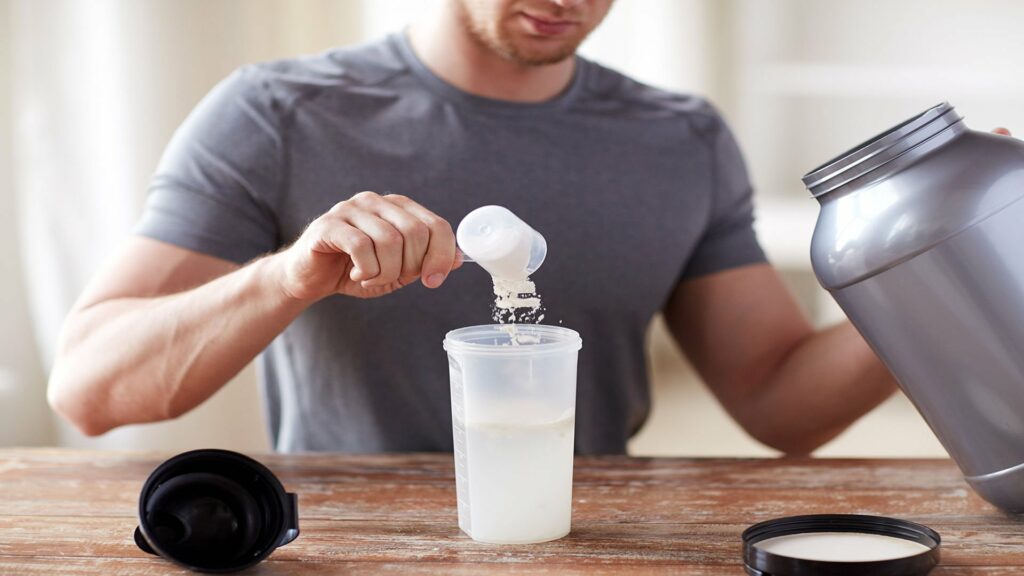
Introduction:
Ice cream is a beloved frozen dessert enjoyed by people of all ages around the world. It comes in a variety of flavors and textures, making it a versatile treat for any occasion. However, like any indulgent food, it is important to understand the nutritional composition and potential downsides of ice cream. In this comprehensive guide, we will explore the nutrition facts of ice cream, discuss its potential downsides, and provide tips for making healthier choices within the realm of this delightful frozen dessert.
Part 1: Nutrition Facts of Ice Cream
Ice cream is primarily composed of milk, cream, sugar, and flavorings. Its nutritional profile can vary depending on the specific ingredients and production methods used. Here are some key aspects of ice cream’s nutrition:
- Calories: Ice cream is a calorie-dense food due to its high sugar and fat content. On average, a single scoop of ice cream (about 1/2 cup) contains approximately 150-250 calories.
- Fat: Ice cream is known for its creamy texture, largely due to its fat content. The fat content can range from 10-20 grams per serving, with saturated fats being the dominant type. Consuming excessive saturated fats may increase the risk of heart disease if consumed regularly.
- Sugar: Ice cream is sweetened with sugar, which contributes to its flavor. The sugar content in ice cream can range from 15-30 grams per serving. High sugar intake has been associated with various health issues, including weight gain, dental problems, and an increased risk of developing chronic diseases like type 2 diabetes.
- Protein: Milk and cream, the primary ingredients in ice cream, provide a moderate amount of protein. A typical serving of ice cream contains around 2-5 grams of protein, depending on the brand and flavor.
- Vitamins and Minerals: While ice cream is not a significant source of essential vitamins and minerals, it does provide small amounts of calcium, phosphorus, and vitamin B12, thanks to its dairy content.
Part 2: Downsides of Ice Cream
While ice cream can be a delightful treat, it is important to be aware of some potential downsides associated with its consumption:
- High Calorie and Sugar Content: Ice cream is often high in calories and sugar, which can contribute to weight gain and increase the risk of developing chronic diseases such as obesity, diabetes, and heart disease. It is crucial to consume ice cream in moderation as part of a balanced diet.
- High Saturated Fat Content: Ice cream, especially premium varieties, tends to be high in saturated fat, which can raise LDL cholesterol levels and increase the risk of cardiovascular problems. Choosing low-fat or reduced-fat options can help mitigate this downside.
- Allergies and Lactose Intolerance: Ice cream contains dairy products, making it unsuitable for individuals with lactose intolerance or dairy allergies. Fortunately, there are lactose-free or dairy-free alternatives available in the market to accommodate these dietary restrictions.
Part 3: Making Healthier Ice Cream Choices
Although traditional ice cream may not be the healthiest option, there are ways to make smarter choices without sacrificing taste. Consider the following tips:
- Portion Control: Stick to recommended serving sizes to manage calorie intake. Opt for smaller scoops or single-serve cups rather than large bowls.
- Low-Fat or Reduced-Fat Options: Choose ice cream labeled as “low-fat” or “reduced-fat” to reduce saturated fat intake. These options often contain less fat and fewer calories.
- Sugar-Free or No Sugar Added: Look for ice cream labeled as “sugar-free” or “no sugar added.” These alternatives can help reduce sugar intake while still satisfying your sweet tooth.
- Fruit-Based or Yogurt-Based Alternatives: Explore fruit sorbets, frozen yogurt, or sherbets as alternatives to traditional ice cream. These options are often lower in fat and calories.
Homemade Ice Cream: Consider making your own ice cream at home using healthier ingredients. You can control the sugar and fat content by using natural sweeteners, reducing the amount of cream, or using alternative milk options like almond or coconut milk.
Conclusion:
Ice cream can be a delightful indulgence, but it is essential to approach it with moderation and mindfulness. Understanding its nutritional composition, being aware of potential downsides, and making healthier choices can help you enjoy ice cream while maintaining a balanced diet. Remember to savor your favorite flavors in appropriate portions and explore alternative options that align with your dietary needs and preferences.
The 12 Best Casein Protein Powders
Introduction:
Ice cream is a beloved frozen dessert enjoyed by people of all ages around the world. It comes in a variety of flavors and textures, making it a versatile treat for any occasion. However, like any indulgent food, it is important to understand the nutritional composition and potential downsides of ice cream. In this comprehensive guide, we will explore the nutrition facts of ice cream, discuss its potential downsides, and provide tips for making healthier choices within the realm of this delightful frozen dessert.
Part 1: Nutrition Facts of Ice Cream
Ice cream is primarily composed of milk, cream, sugar, and flavorings. Its nutritional profile can vary depending on the specific ingredients and production methods used. Here are some key aspects of ice cream’s nutrition:
- Calories: Ice cream is a calorie-dense food due to its high sugar and fat content. On average, a single scoop of ice cream (about 1/2 cup) contains approximately 150-250 calories.
- Fat: Ice cream is known for its creamy texture, largely due to its fat content. The fat content can range from 10-20 grams per serving, with saturated fats being the dominant type. Consuming excessive saturated fats may increase the risk of heart disease if consumed regularly.
- Sugar: Ice cream is sweetened with sugar, which contributes to its flavor. The sugar content in ice cream can range from 15-30 grams per serving. High sugar intake has been associated with various health issues, including weight gain, dental problems, and an increased risk of developing chronic diseases like type 2 diabetes.
- Protein: Milk and cream, the primary ingredients in ice cream, provide a moderate amount of protein. A typical serving of ice cream contains around 2-5 grams of protein, depending on the brand and flavor.
- Vitamins and Minerals: While ice cream is not a significant source of essential vitamins and minerals, it does provide small amounts of calcium, phosphorus, and vitamin B12, thanks to its dairy content.
Part 2: Downsides of Ice Cream
While ice cream can be a delightful treat, it is important to be aware of some potential downsides associated with its consumption:
- High Calorie and Sugar Content: Ice cream is often high in calories and sugar, which can contribute to weight gain and increase the risk of developing chronic diseases such as obesity, diabetes, and heart disease. It is crucial to consume ice cream in moderation as part of a balanced diet.
- High Saturated Fat Content: Ice cream, especially premium varieties, tends to be high in saturated fat, which can raise LDL cholesterol levels and increase the risk of cardiovascular problems. Choosing low-fat or reduced-fat options can help mitigate this downside.
- Allergies and Lactose Intolerance: Ice cream contains dairy products, making it unsuitable for individuals with lactose intolerance or dairy allergies. Fortunately, there are lactose-free or dairy-free alternatives available in the market to accommodate these dietary restrictions.
Part 3: Making Healthier Ice Cream Choices
Although traditional ice cream may not be the healthiest option, there are ways to make smarter choices without sacrificing taste. Consider the following tips:
- Portion Control: Stick to recommended serving sizes to manage calorie intake. Opt for smaller scoops or single-serve cups rather than large bowls.
- Low-Fat or Reduced-Fat Options: Choose ice cream labeled as “low-fat” or “reduced-fat” to reduce saturated fat intake. These options often contain less fat and fewer calories.
- Sugar-Free or No Sugar Added: Look for ice cream labeled as “sugar-free” or “no sugar added.” These alternatives can help reduce sugar intake while still satisfying your sweet tooth.
- Fruit-Based or Yogurt-Based Alternatives: Explore fruit sorbets, frozen yogurt, or sherbets as alternatives to traditional ice cream. These options are often lower in fat and calories.
Homemade Ice Cream: Consider making your own ice cream at home using healthier ingredients. You can control the sugar and fat content by using natural sweeteners, reducing the amount of cream, or using alternative milk options like almond or coconut milk.
Conclusion:
Ice cream can be a delightful indulgence, but it is essential to approach it with moderation and mindfulness. Understanding its nutritional composition, being aware of potential downsides, and making healthier choices can help you enjoy ice cream while maintaining a balanced diet. Remember to savor your favorite flavors in appropriate portions and explore alternative options that align with your dietary needs and preferences.
- The 12 Best Casein Protein Powders - July 11, 2023
- Ice Cream: Nutrition, Downsides, and Best Choice - July 11, 2023



